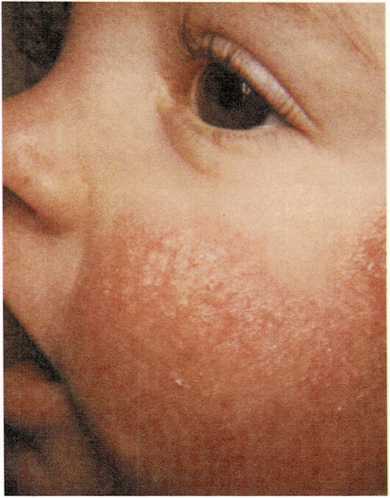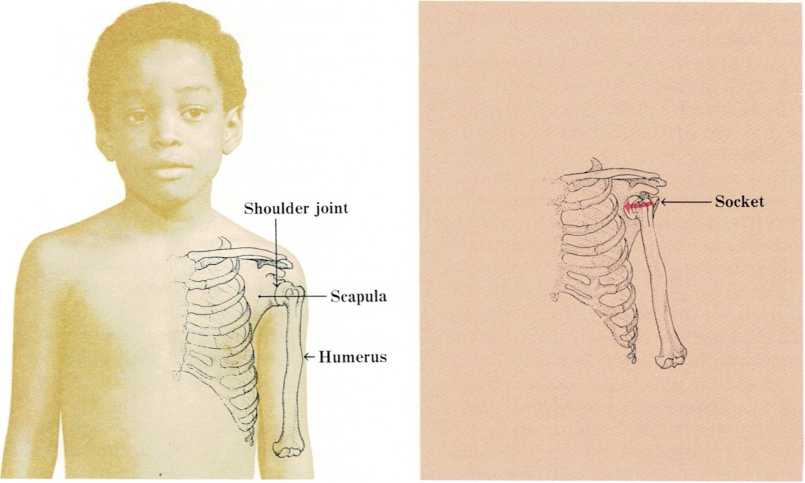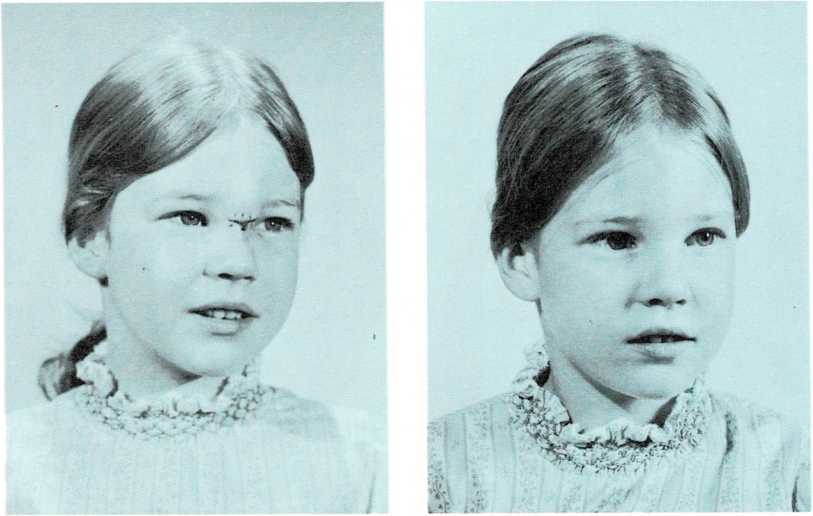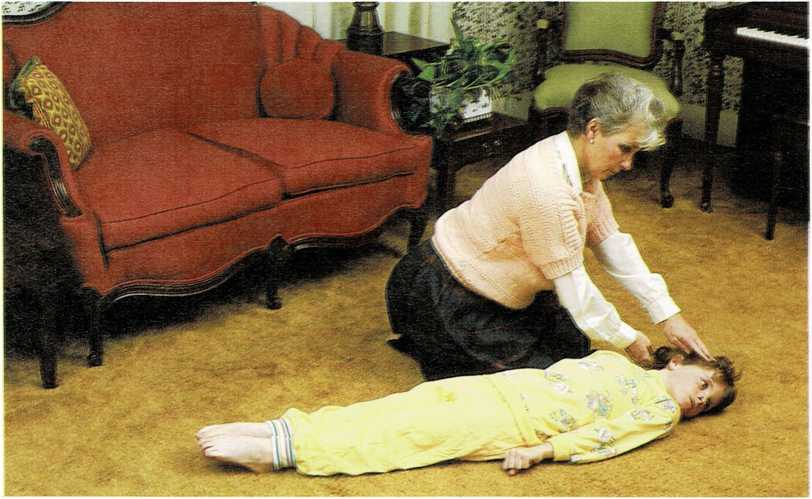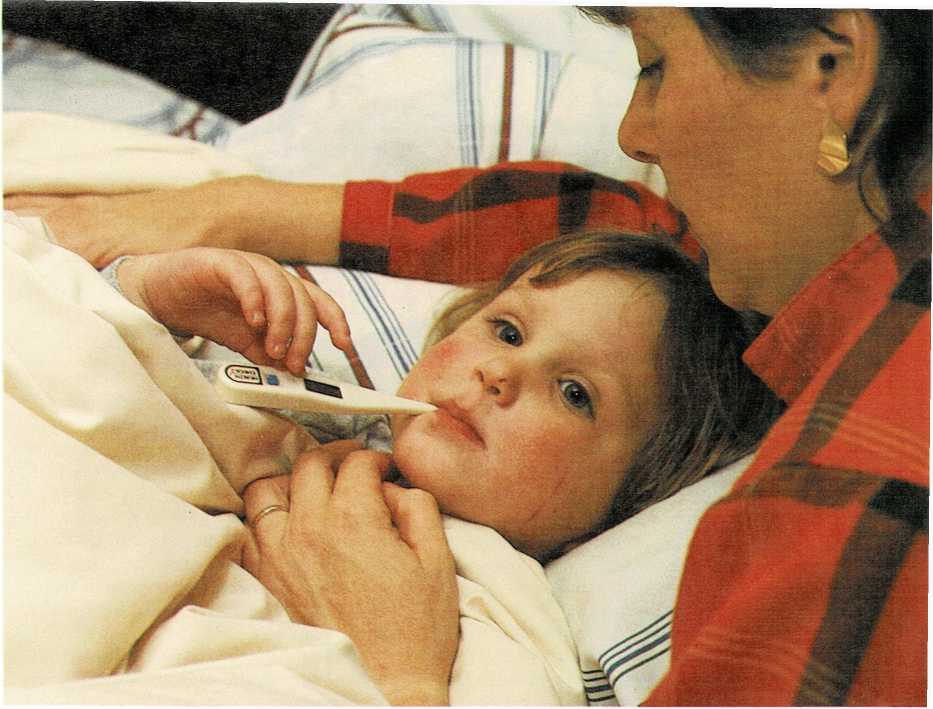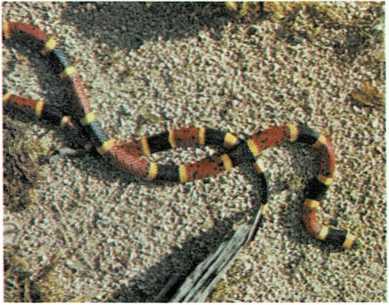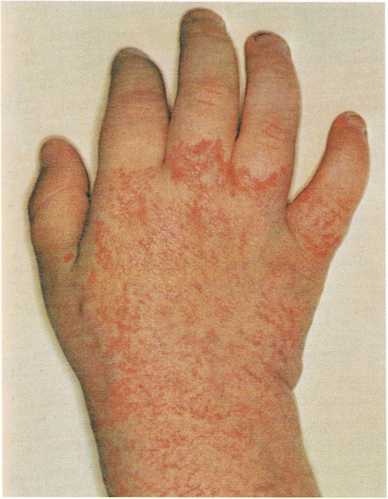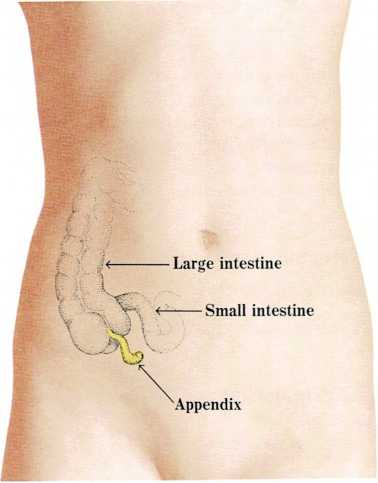Location of endocrine glands > Endocrine glands produce hormones that regulate growth, sexual > development, metabolism, and other body functions. Endocrine glands produce vital chemical...
Ear, Objects in the – Eczema
Ear, objects in the. If your child says that something is in his or her ear, do not try to remove the object yourself. The attempt to remove a foreign object may injure the ear canal or eardrum, or...
Drugs – Dyslexia
Drugs are used to provide comfort and to prevent and cure disease. Drugs are obtained from plants, animals, and minerals, or they are produced synthetically. - Insulin, a hormone extracted from...
Dehydratation – Dislocation
Dehydration is a condition that results when the water content of the body drops excessively. It is sometimes accompanied by a loss of certain body minerals, such as sodium and potassium. ...
Cuts and Scratches
Cuts and scratches. The best way to treat small cuts and scratches is with soap and water. First, wash your own hands. Then, wash the cuts with plenty of soap and water, using cotton or a clean...
Convulsions – Coughing
Convulsions (seizures) are involuntary contractions of muscles. During a convulsion, a child's muscles may jerk or twitch, and the child may lose consciousness. Eyes may roll, stay open, or almost...
Colds – Coma
Colds. Sneezing, a stopped-up or runny nose, sore throat, and a cough usually are signs of the "common cold," a malady with which parents are all too familiar. Children under 2 years old usually get...
Bites and stings
Bites and stings are common hazards of childhood. Some bites and stings require little treatment---nothing more than washing with soap and water. Others are serious injuries that call for treatment...
Birthmark
Some birthmarks (hemangioma) disappear by themselves. The baby shown above was born with a birthmark on his hand and wrist. Birthmark. Many children have birthmarks, but most birthmarks are small...
Appendicitis – Asthma
Appendicitis is an inflammation of the appendix, a narrow tube in the lower right part of the abdomen. One end of the tube is closed. The open end of the tube is attached to the large intestine. If...

